
Cebu, known as the Queen City of the South, boasts a rich history reflected in its preserved ancestral houses. These historic residences combine Spanish and Filipino architectural styles that provide a window into the past. In addition to being educational, visiting these locations fosters a greater understanding of Cebu’s rich cultural legacy.
Yap-Sandiego Ancestral House
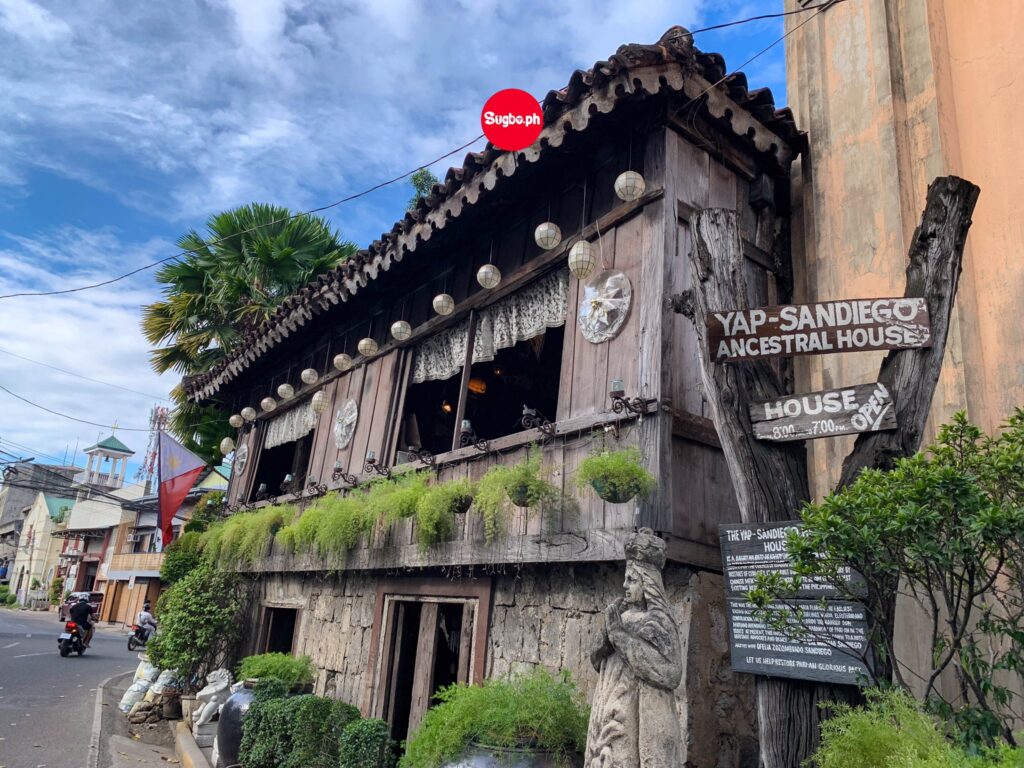
Located in the Parian district of Cebu City, the Yap-Sandiego Ancestral House is considered one of the oldest residential houses in the Philippines. This two storey building which combines Chinese and Spanish architectural elements was built between 1675 and 1700 utilizing hardwood and coral stones. Chinese merchant Don Juan Yap and his wife Doña Maria Florido were the first owners. The home is now a museum that displays religious symbols, ancient furniture, and other items from the Spanish colonial past. The beautifully preserved interiors allow visitors to discover more about Cebu’s colonial past as well as the history of the family.
Other Information:
- Monday – Friday (8:00 AM to 8:00 PM)
- Wednesday (9:00 AM to 7:00 PM)
- Saturday (8:00 AM to 7:00 PM)
How To Get There?
Location: Corner of Mabini and Lopez Jaena Streets, behind the Parian Monument at 155 Mabini St, Cebu City, Central Visayas, Philippines
- Via Car: From Ayala Center Cebu or SM City Cebu, drive toward Colon Street and continue to the Heritage of Cebu Monument. Street parking may be limited, but paid parking is available in nearby malls like Robinsons Galleria Cebu or SM City Cebu from which you can walk or take a short taxi or ride to the site. Ride-hailing apps like Grab, Angkas, or Move It can also drop you directly at the entrance.
- Via Commute: The Yap-Sandiego Ancestral House is conveniently located in the Parian district of Cebu City, just a short walk from Colon Street. From Ayala Center Cebu, take a jeepney with route codes 13C or 62C heading toward Parian. Ask the driver or conductor to drop you off at the Parian Fire Station or Parian Monument since the ancestral house is right nearby. From SM City Cebu, ride a jeepney or multicab with route codes 01K or 12G toward Parian. Get off at the Parian Fire Station or Parian Monument.
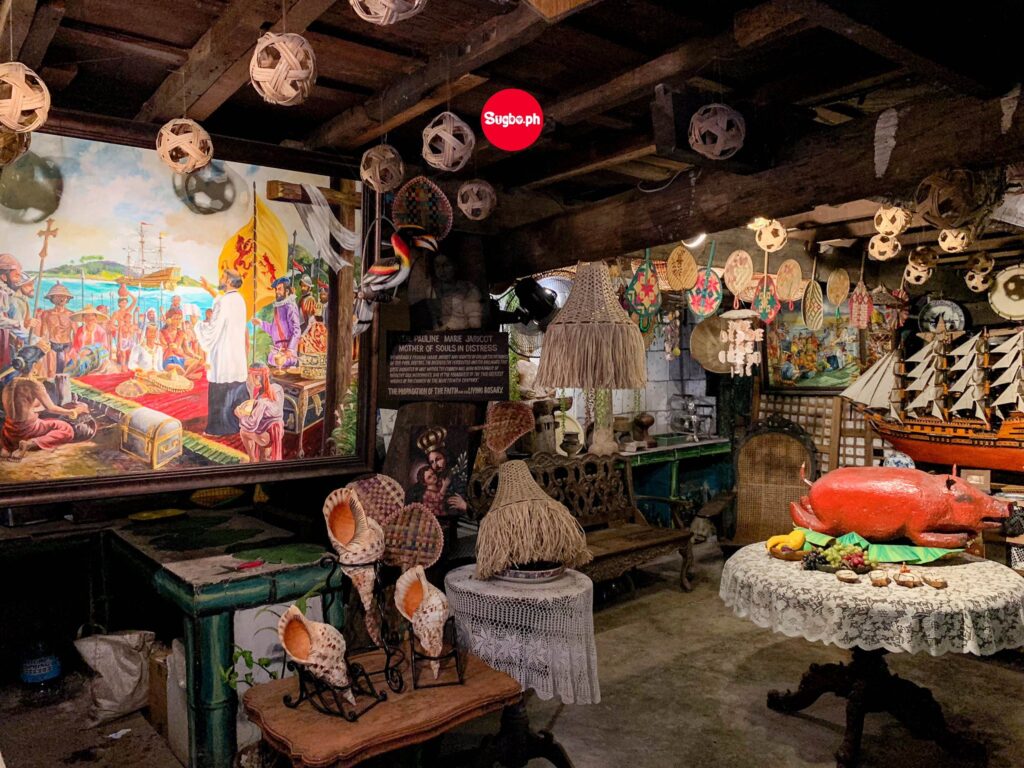
Casa Gorordo Museum
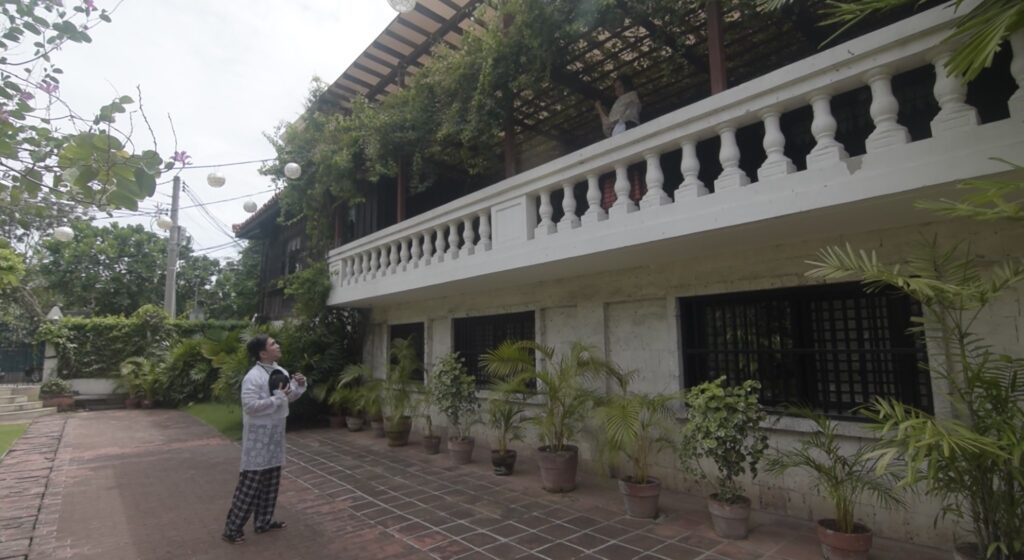
Alejandro Reynes Y Rosales was the first owner of Casa Gorordo which was constructed in 1850. Spanish trader Juan Isidro Gorordo purchased it in 1863. The Gorordo family is one of the city’s wealthiest clans that remained in this house for four generations until 1979. The home was built in the 19th century and is a prime example of the “bahay na bato” architectural style which is distinguished by timber upper levels and stone ground floors. The museum features historical images, religious objects, and furniture from the eras of Spanish and American colonization that portray the way of life of Cebu’s aristocracy. The heritage of the Gorordo family and the development of Cebu society are both covered in guided tours.
Other Information:
- Tuesday – Sunday (9:00 AM to 5:00 PM)
- Monday – Closed
How To Get There?
Location: Casa Gorordo is a house museum located in the historic Parian area of Cebu at 35 Eduardo Aboitiz St, Cebu City, Central Visayas, Philippines
- Via Car: Drive toward Colon Street and head into the Parian district. Casa Gorordo Museum is located on 35 Lopez Jaena Street. Parking directly at the museum is limited but nearby streets may have parallel parking spots. Alternatively, you can park in SM City Cebu or Robinsons Galleria Cebu and take a short taxi or ride-hailing service to the museum.
- Via Commute: If you’re coming from Ayala Center Cebu, ride a jeepney with route code 13C going to Colon. Ask the driver to drop you off at the Parian Monument. The museum is just a short walk away. From SM City Cebu, you can take jeepneys with route codes 01K or 12G to Colon and get off near the Colon Obelisk Arcae. From there, walk towards the Parian district and look for Lopez Jaena Street.
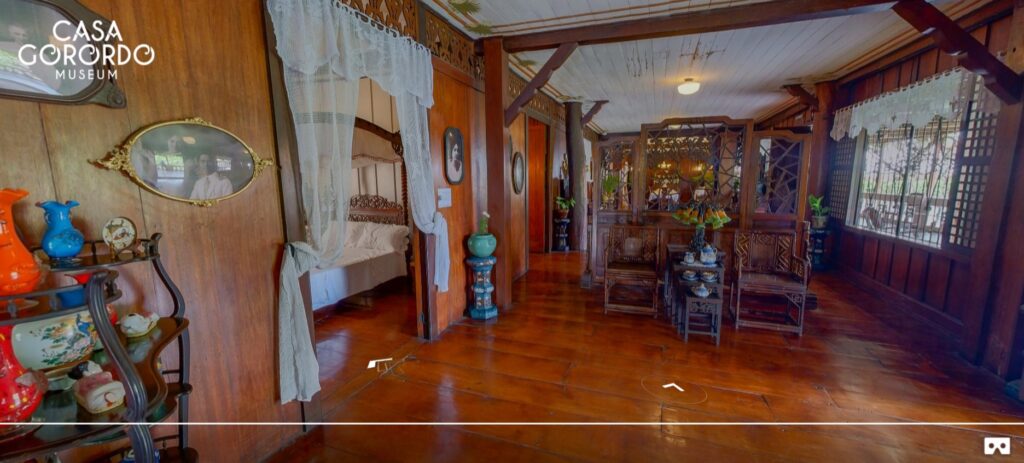
Mercado Mansion
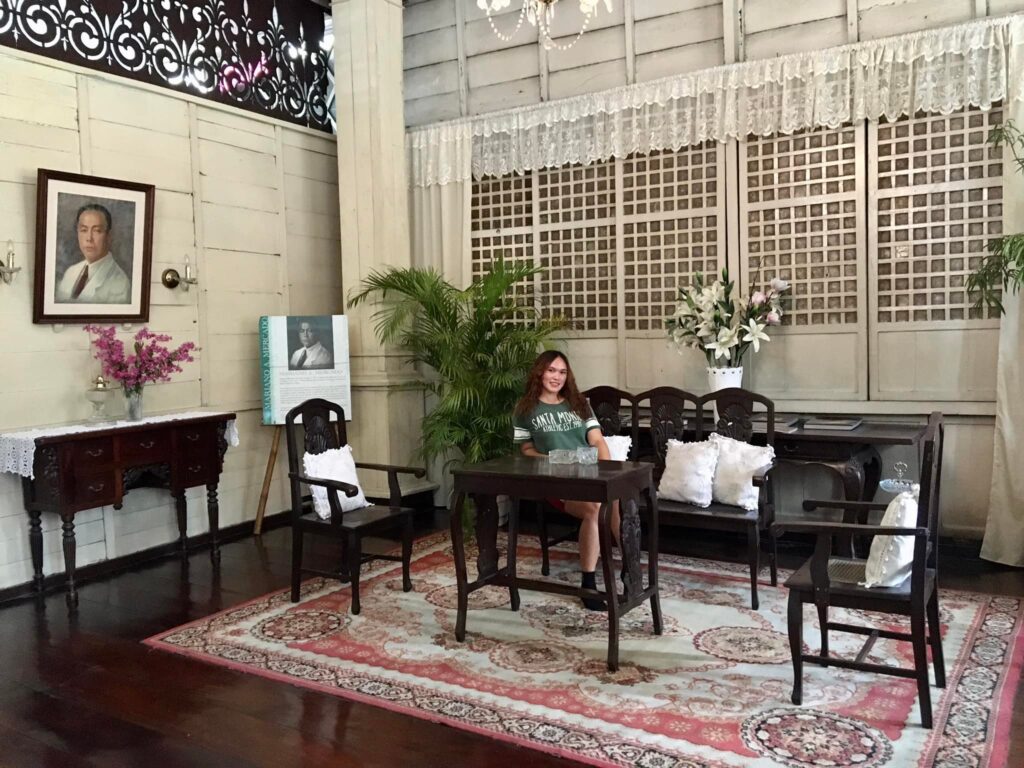
The Mercado Mansion is a two storey bahay na bato that was built in the 1880s and is situated in Carcar, Cebu. The Mercado-Lucero family held this historic home which is known for its elaborate architectural elements and Mediterranean blue facade. The mansion that is designated a Heritage House by the National Historical Commission of the Philippines (NHCP) provides evidence of the family’s wealth and cultural importance during the Spanish colonial era. Its historical significance is still recognized even if it is not currently accessible to the general public.
How To Get There?
Location: Carcar City, Cebu, Central Visayas, Philippines
- Via Car: From Cebu City, head to the South Bus Terminal and board a bus bound for Carcar. The ride typically takes about 1.5 to 2 hours and costs around ₱100.00 to ₱120.00. Ask the conductor to drop you off at the Carcar Rotunda. That’s where most jeepneys and buses make their stop. From the Rotunda, the Mercado Mansion is just a short stroll away. It is located along Jose Rizal Street and only a few hundred meters from the public market and St. Catherine’s Church.
- Via Commute: Drive south from Cebu City via the Cebu South Road. Carcar is roughly 40 km away. Expect the trip to take around 1 to 2 hours depending on traffic. The mansion’s historic blue facade makes it easy to spot. If you’re unsure, you can look for nearby landmarks like the public market, Carcar Museum, or St. Catherine’s Church. Street parking is limited so it’s easier to park in a nearby public area or arrange for a drop off via ride-hailing apps available or by walking from a central point.



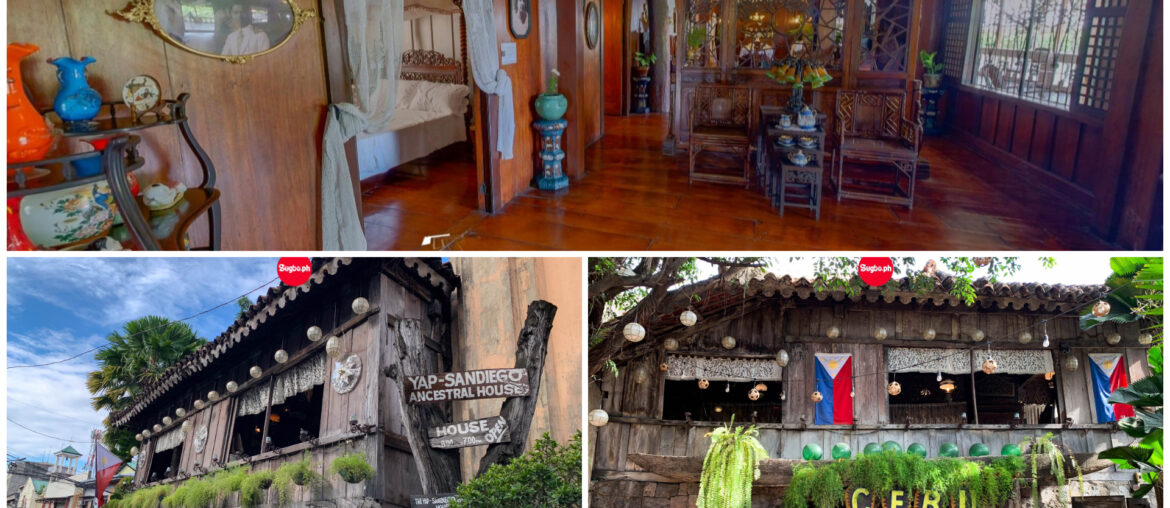
Comments are closed.